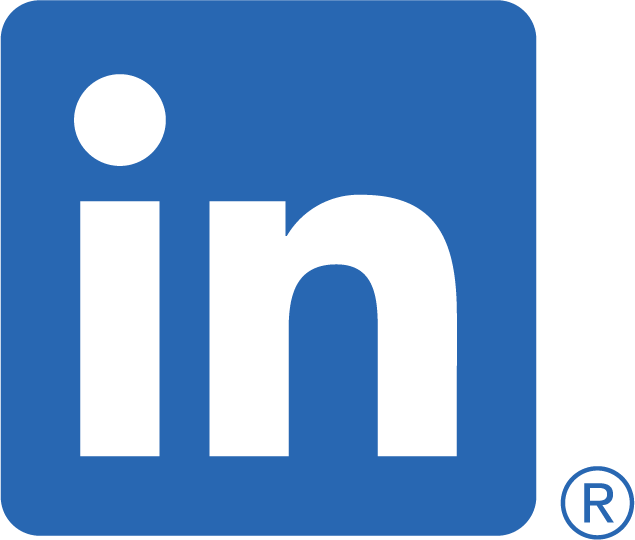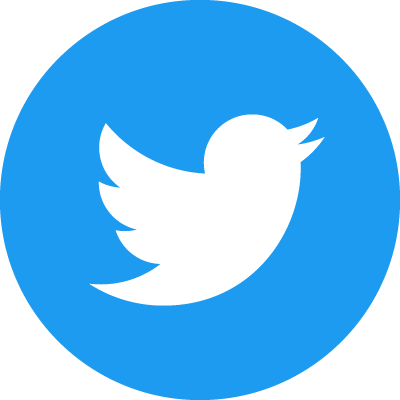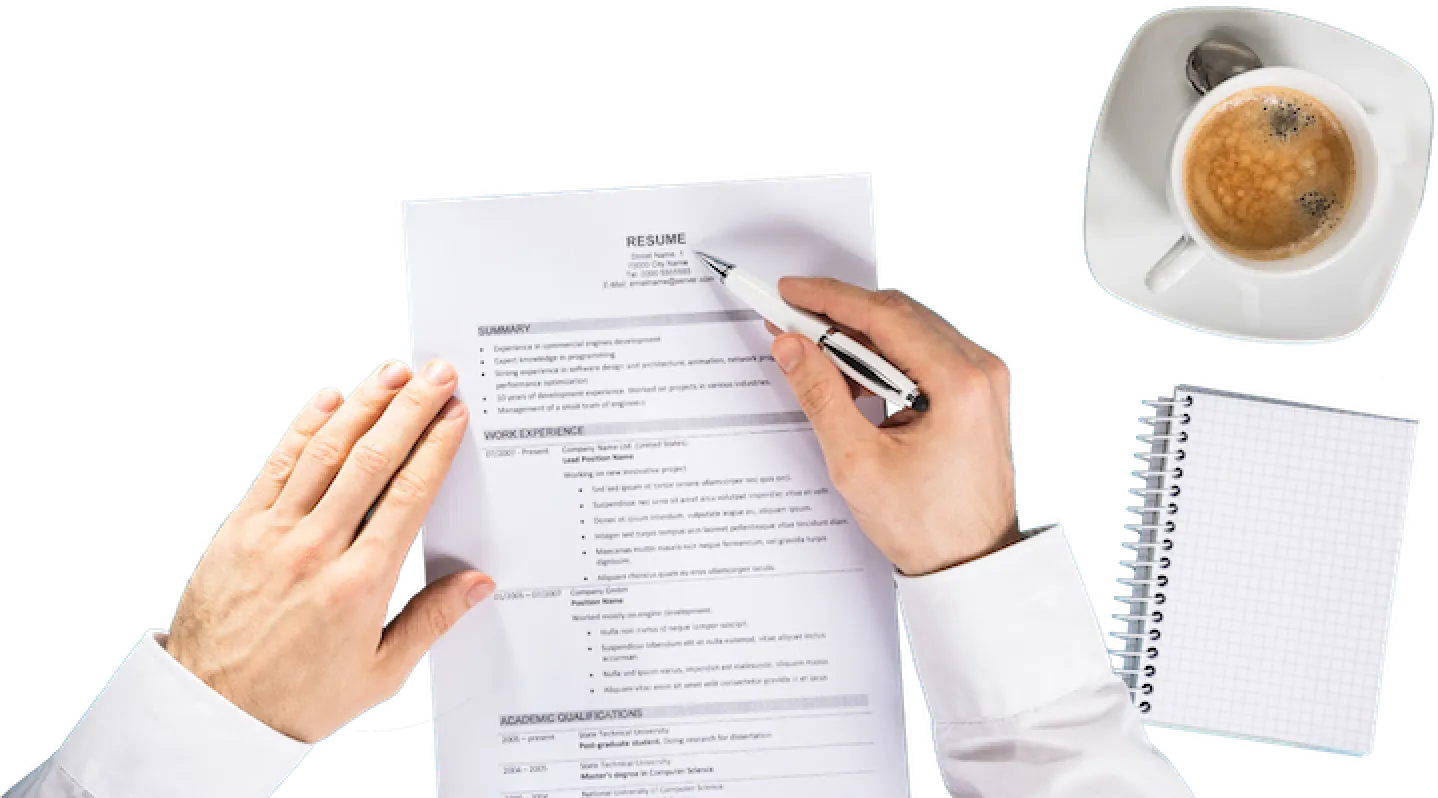Writer Resume Example
When you're ready to find your next great assignment, a great resume can help your writing career thrive.
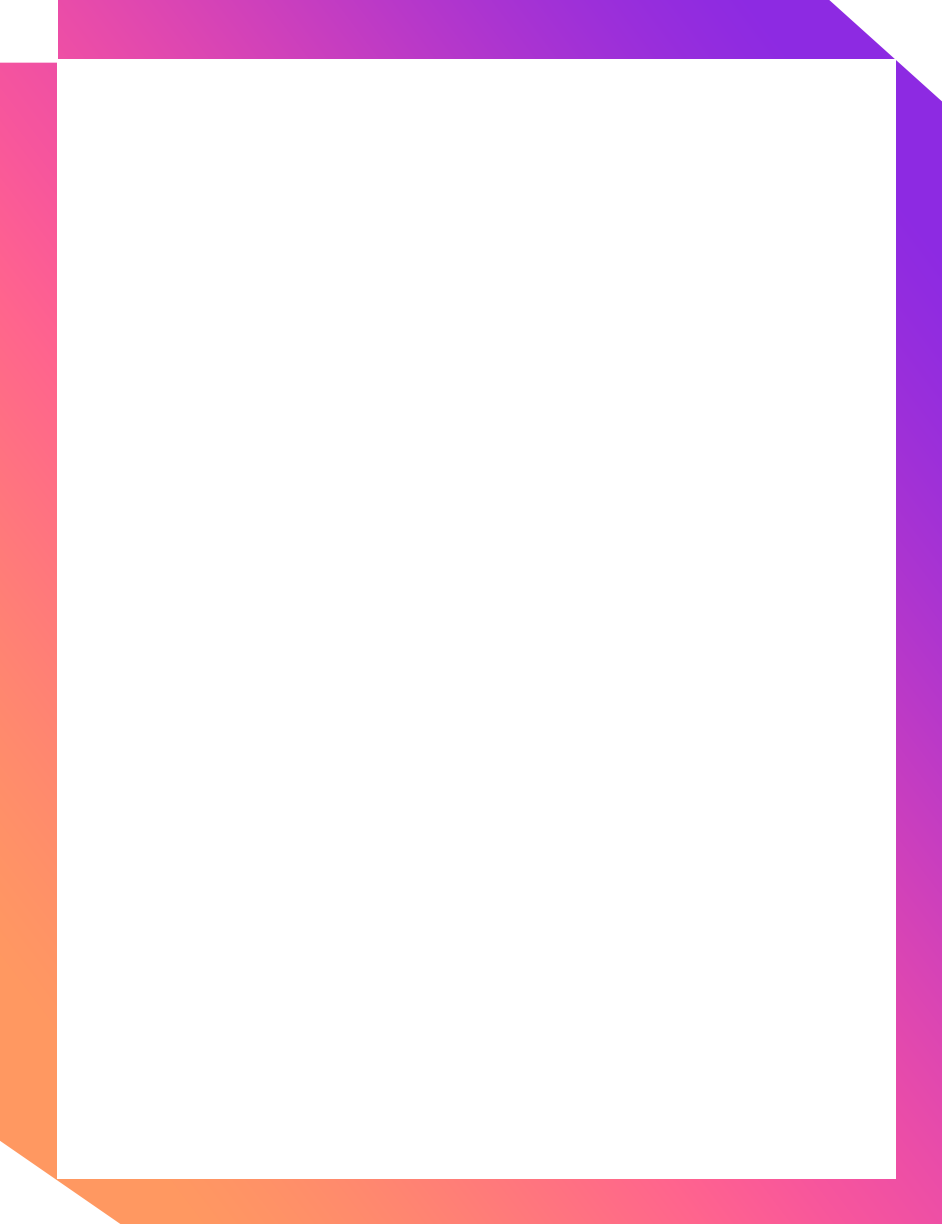
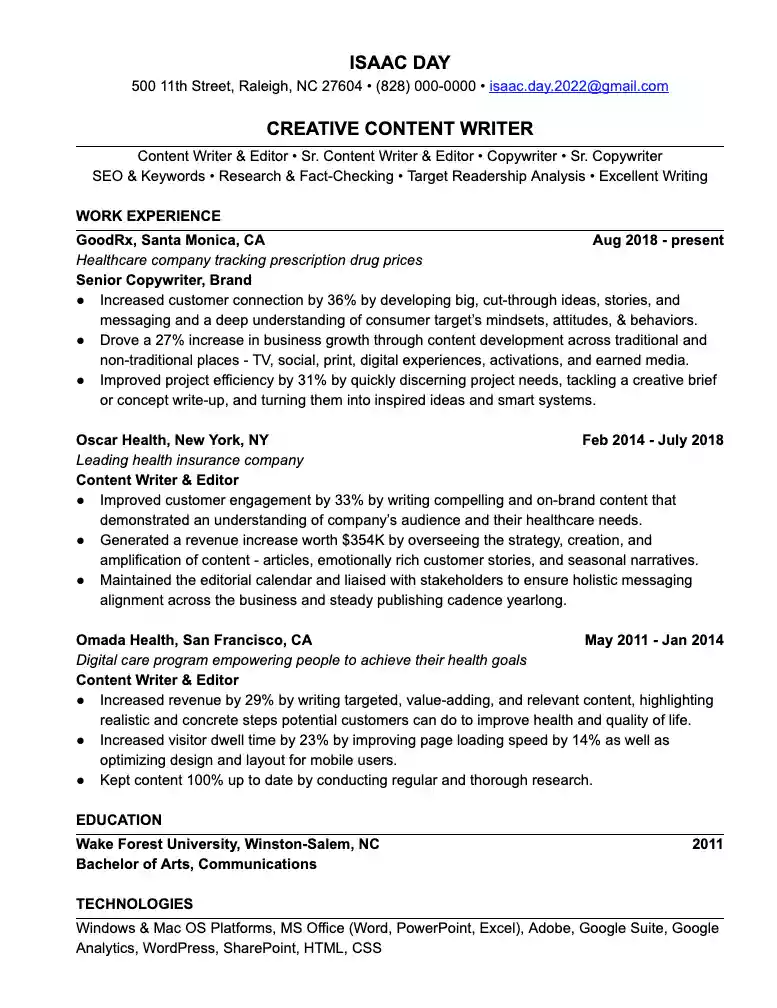
How to Write a Writer’s Resume
Perhaps you are a content writer, like Isaac. Maybe you are a copywriter, grant writer, or editorial writer. Whatever type of writing job you are seeking, you of all people have a strong understanding of how writing can be used to influence behavior, so you know a great resume is key to landing your next writing position. It’s the first step in showing your new employer how accomplished you are at communicating and selling information on paper. You probably have a strong understanding of writing structure and all the right words to capture your experience, but perhaps it all seems a little less clear when it comes to resume writing. Let Leet walk you through the steps of writing a great writer's resume. Or you can have Leet Resumes write for you - we write great professional resumes for free (tips appreciated!)
A great writer's resume is comprised of five parts - a professional headline, professional summary, work experience section, education section, and a keywords section. But how do we align them into a cohesive presentation?
How to Write a Professional Headline
You’ll want to start with a professional headline. This is where you grab the reader’s attention and proclaim your professional status. It’s your billboard that gives a hiring manager the notion that you belong in the position for which you are applying before they even read through your resume. If you’ve ever written a billboard, you know to begin with a headline. Your professional headline is a one word description of your work style, a complimentary adjective that defines you in your role. This will then be followed by the role you identify with. Isaac, for example, sees himself as a creative content writer. Perhaps you are a dedicated grant writer, experienced curriculum writer, data-driven report writer.
What Makes a Great Professional Summary
Now we have our reader’s attention. Unfortunately, we know that the time span in which a recruiter looks at a resume is generally around six seconds. Thus, it’s your job to draw attention to all the most important details within that time frame. A professional summary is two to four lines, depending on experience. Each line will include four key phrases, serving as an index to what they might find if they keep reading. For human readability and computer scanning purposes, these phrases will be separated by bullets.
The first line of your professional summary lists roles you would be willing to accept for your next job. Isaac has chosen content writer/editor, senior content writer/editor, copywriter, and senior copywriter. You’ll notice that these titles are all pretty similar as Isaac has a strong understanding of what he is seeking in his next role. Yours may be equally repetitive or more varied, depending on your flexibility in your next writing position. Remember that this section is spotlighting what you would be willing to step into next and not necessarily what you have done in the past. Perhaps you have been a grant writer for several years, but are now seeking a senior grant writing position. Don’t be afraid to identify with what it is you are hoping to step into. We want to really help a recruiter envision you in the position they’re hiring for.
The second line of your professional summary should showcase that you are able to fill the shoes of your desired role by listing relevant capabilities. Because we are only listing four, you will want to include hard skills that are applicable to the position and set you apart from other applicants. Isaac’s three strongest capabilities listed are SEO and keywords, research and fact-checking, and target readership analysis. These will vary depending on the position to which you are applying for though. A technical writer, for example, would have a very different set of skills, which might include user manuals or installation guides.
If you have ten or more years of experience in your industry, you may consider an optional third line. The third line of your professional summary is a space to list achievements, each one beginning with a past tense verb. For instance, a grant writer might include procured funding or acquired donors, whereas a social media content writer might say they increased traffic or improved engagement. Again, choose the accomplishments most relevant to the job to which you are applying.
The optional fourth line of your professional summary will consist of promotions, awards, committees, or other outstanding highlights that set you apart from other candidates. Perhaps you belong to a writer’s guild, have served on a board, or have been recognized for an outstanding accomplishment within your current organization.
Selling Your Writing To Employers
Your current and past work experience is the core content of your resume. This is where we list achievements you’ve had under each role in reverse chronological order. For each position you’ve had in the past fifteen years, you should list the employer, your role, and your dates of employment. In terms of formatting, work with bullets. It’s been proven time and time again that recruiters are no longer reading paragraphs and appreciate skimmable bullets. Plus, this an opportunity to bring attention to yourself as a clear and concise communicator.
This section should not be an exhaustive list of all the responsibilities you’ve had in your work history. A hiring manager for this position probably has an understanding of what the day-to-day responsibilities of this position are. Rather, you want to paint yourself as someone invaluable to their organization. Use numbers. Ideally, each of your bullets begins with a past tense verb, is followed by a piece of data, and includes how that data was achieved. Isaac details that he increased customer connection 36% by developing big, cut-through ideas, stories, and messaging. With this format, a reader still understands his daily responsibilities of story and messaging development, but emphasis is on his scope of impact and how having him specifically in this role made a difference to the organization. Other examples might include:
Contributed to $3.7M in funding by identifying and pursuing new grant opportunities. Achieved 27% traffic increase by creating SEO articles and blog posts. Reduced onboarding time 14% via the creation of reusable training consumables. Increased visitor dwell time 23% by creating compelling and relatable content.
How to Edit Your Education Section
In the education section, display your educational background. Be precise in detailing your degrees, educational institutions, and dates. Also include professionally relevant activities, such as working in your college’s Writing Center. And don’t forget any awards, honors, or other distinctions you earned along the way. Do not include uncompleted degrees unless you are currently pursuing them and they are applicable to the position you are seeking.
Getting Creative With Keywords
The keywords section of your resume should highlight other key aspects of your professional experience and capabilities. Technologies is a common title for this section and where you will want to list any applications, websites, or databases you think might be helpful for a hiring manager to know you are skilled in. This section should also include certifications, courses, affiliations, or general skills that might be helpful in getting you an interview.
How to Include Contact Info on My Resume
A recruiter will need to know how to reach you, so we don’t want to forget contact information at the top of your resume. Your name will be in a slightly larger font, followed by your location, a professional email address, and a phone number.
How to Format a Writer’s Resume
You want to convey that you are a clear communicator. To that end, a clean and straightforward format is going to best serve you in your job search. Moreover, complex, colorful, and multi-column resumes generally do not fare well with either human or computer readers. Research shows that people who read resumes for a living prefer a format that is predictable, so think plain fonts, little to no color, clean lines, and concise bullets of information throughout.
The most successful structure for your resume is reverse-chronological order, with contact information at the top, followed by a professional headline, a professional summary, work experience, education, and technologies. One page is appropriate for someone with less than ten years of professional experience, whereas two pages is appropriate for someone with ten or more years of professional experience in their industry.
As you imagine what might be next for you in your career, consider the skills essential for your dream role. Then capture your experience to help a reader see you as a valuable piece to the story and success of their company. Examine what skills and accomplishments you have that distinguish you as a writer and how you can back them up with data. And if you still need a little help, have Leet Resumes write your resume for you - we write great professional resumes for free (tips appreciated!).




